In this post, we will learn the difference between NO and NC contacts used in an electrical switching system.
In an electrical relay system, there are two types of contacts – Normally open (NO) and Normally closed (NC). There is no other type of contact available. This is because the current path can either be open or closed. So, these two types work accordingly.
In this post, we will see its concept and understand the difference between them. Also, we will see how these contacts are used in an industrial automation programming language.
What is an NO Contact?
As discussed earlier, a relay has two types of contacts. Refer to the below image. Here, NO stands for normally open. This means that the wire connected to this contact will normally be open (or off) and the current will not flow when the relay is deactivated.
When the relay is activated by giving a power supply, the internal circuitry of the relay will be triggered which makes this contact closed (means the internal lever switch will be pushed to NO point) and current will now start flowing through this contact.
That is why, it is called normally open; because by default, this contact will not allow the flow of current unless energized.

What is an NC Contact?
In the above image, NC stands for normally closed. This means that the wire connected to this contact will normally be closed (or on) and current will flow when the relay is deactivated.
When the relay is activated by giving a power supply, the internal circuitry of the relay will be triggered which makes this contact open (means the internal lever switch will be pulled away from the NC point) and the current will now stop flowing through this contact.
That is why, it is called normally closed; because by default, this contact will allow flow of current unless energized.
This is the only difference between NO and NC contacts. NO contact is normally open and becomes closed once its coil is energized. NC contact is normally closed and becomes open once its coil is energized.
NO and NC contacts in PLC Programming
Let us have a look at how these two contacts are used in industrial automation programming. We will consider PLC for this and use ladder logic as a reference. See the below image.
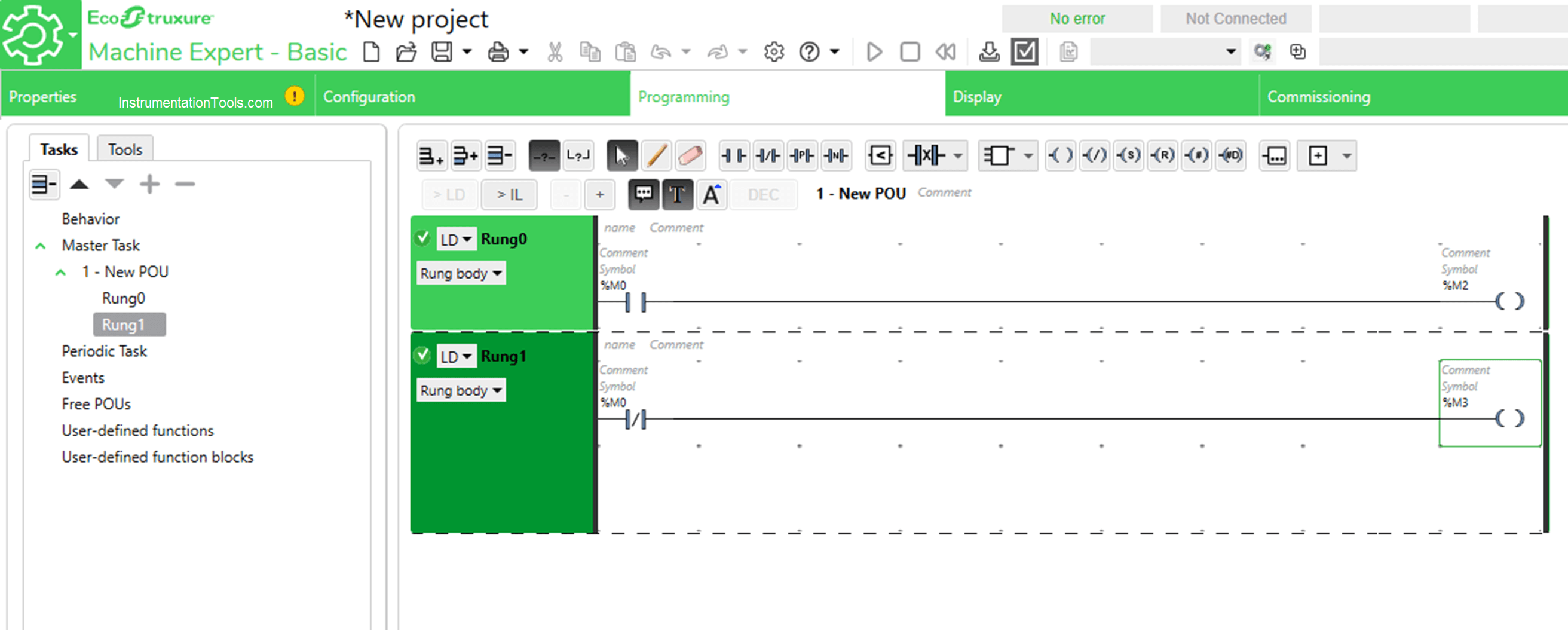
Referring to the above-discussed example, consider %M0 as a relay that has two contacts as shown in the above figure. The first rung uses its NO contact and the second rung uses its NC contact.
Now, refer to the below image. As the second rung uses NC contact, it will by default turn on %M3 coil; as the value of %M0 is zero (means the relay is off in electrical terms). At that time, %M2 will be off as the NO contact is also off.
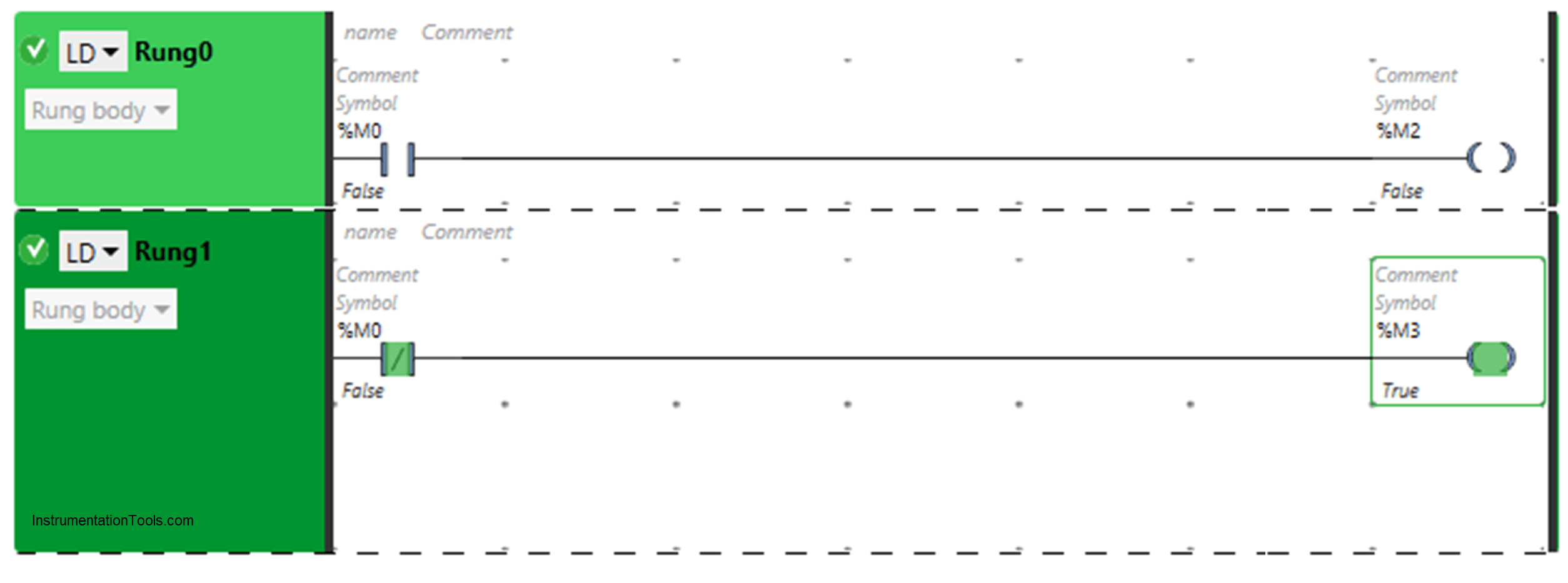
When the relay is energized, the NO contact used in first rung will turn on and power up %M2 coil as shown in below figure; as the value of %M0 is one (means the relay is on in electrical terms). At that time, %M3 will be off as the NC contact is also off.
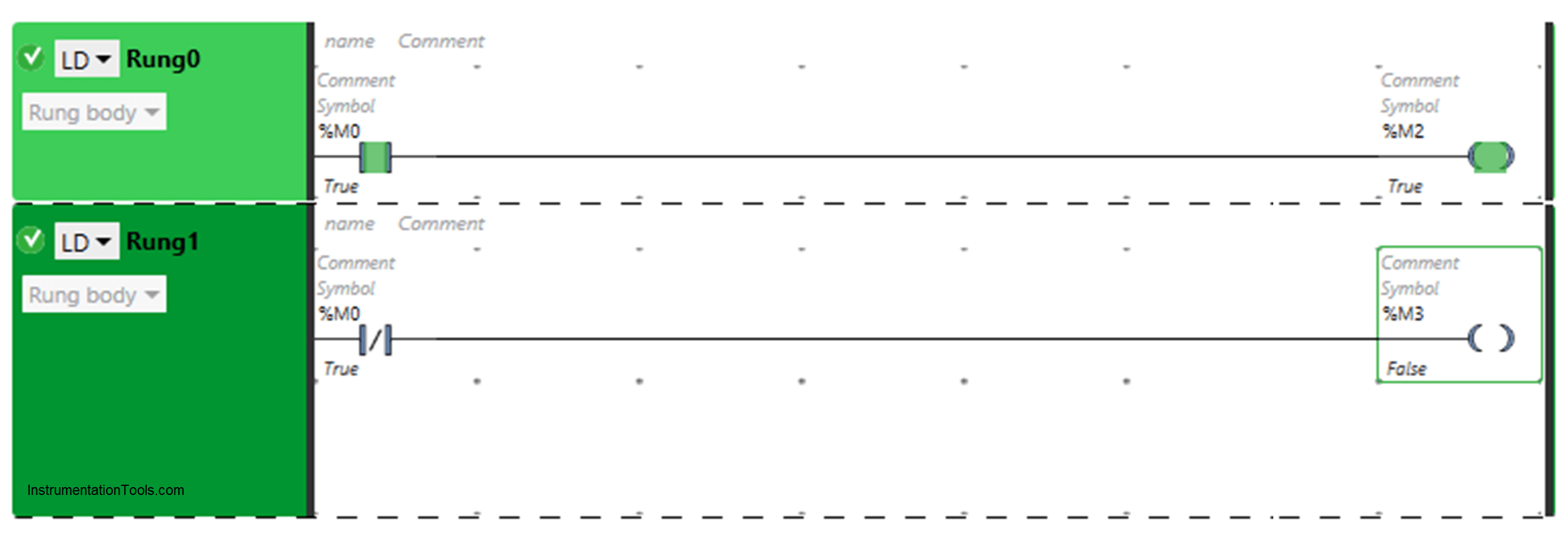
This helps clear the picture of NO and NC contacts. Basically, when one is working, the other will be off. It is as simple as that. The same concept is used to wire electrical circuits which use relay.
In this way, we understand the difference between NO and NC contacts.
If you liked this article, then please subscribe to our YouTube Channel for Electrical, Electronics, Instrumentation, PLC, and SCADA video tutorials.
You can also follow us on Facebook and Twitter to receive daily updates.
Read Next:
- PLC Wiring Diagrams
- Electrical Wiring Diagram
- 4-20 mA Transmitter Wiring
- Why 24 Volts DC Power Supply?
- Interposing Relay Panel Wiring
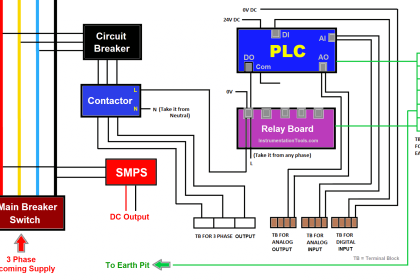
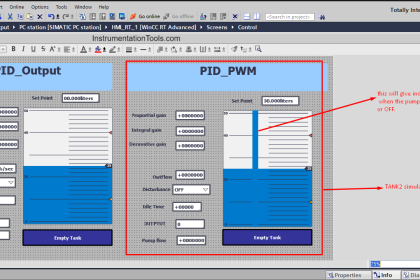
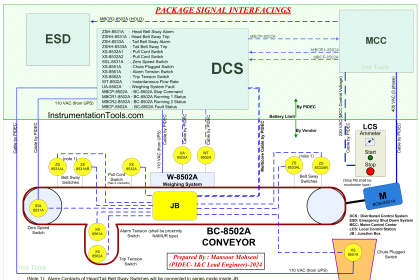
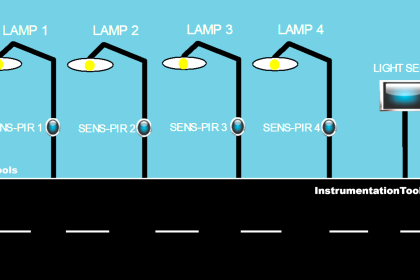

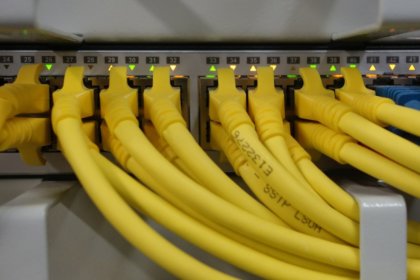
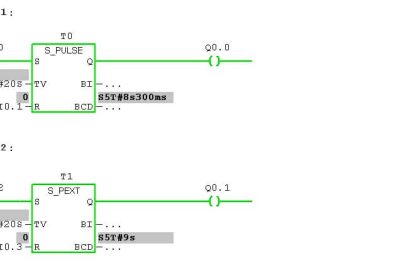
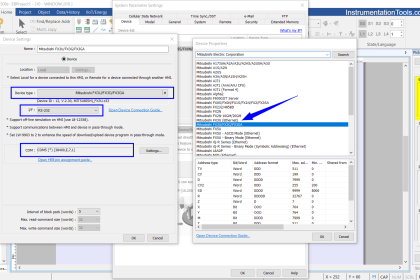
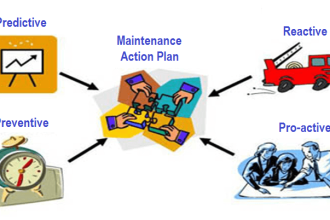

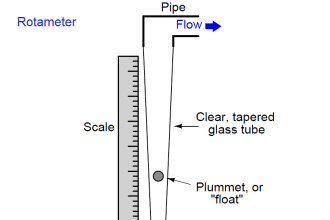

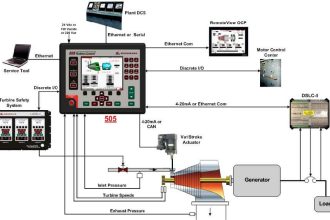
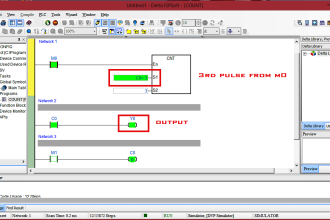
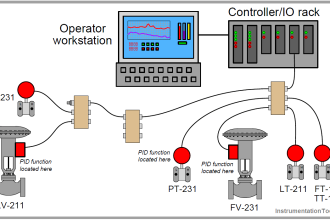


Hello
Please answer this question because it was not in your content. Do the close and open contacts of a relay select equal power to the load
Thank you
very confusing article